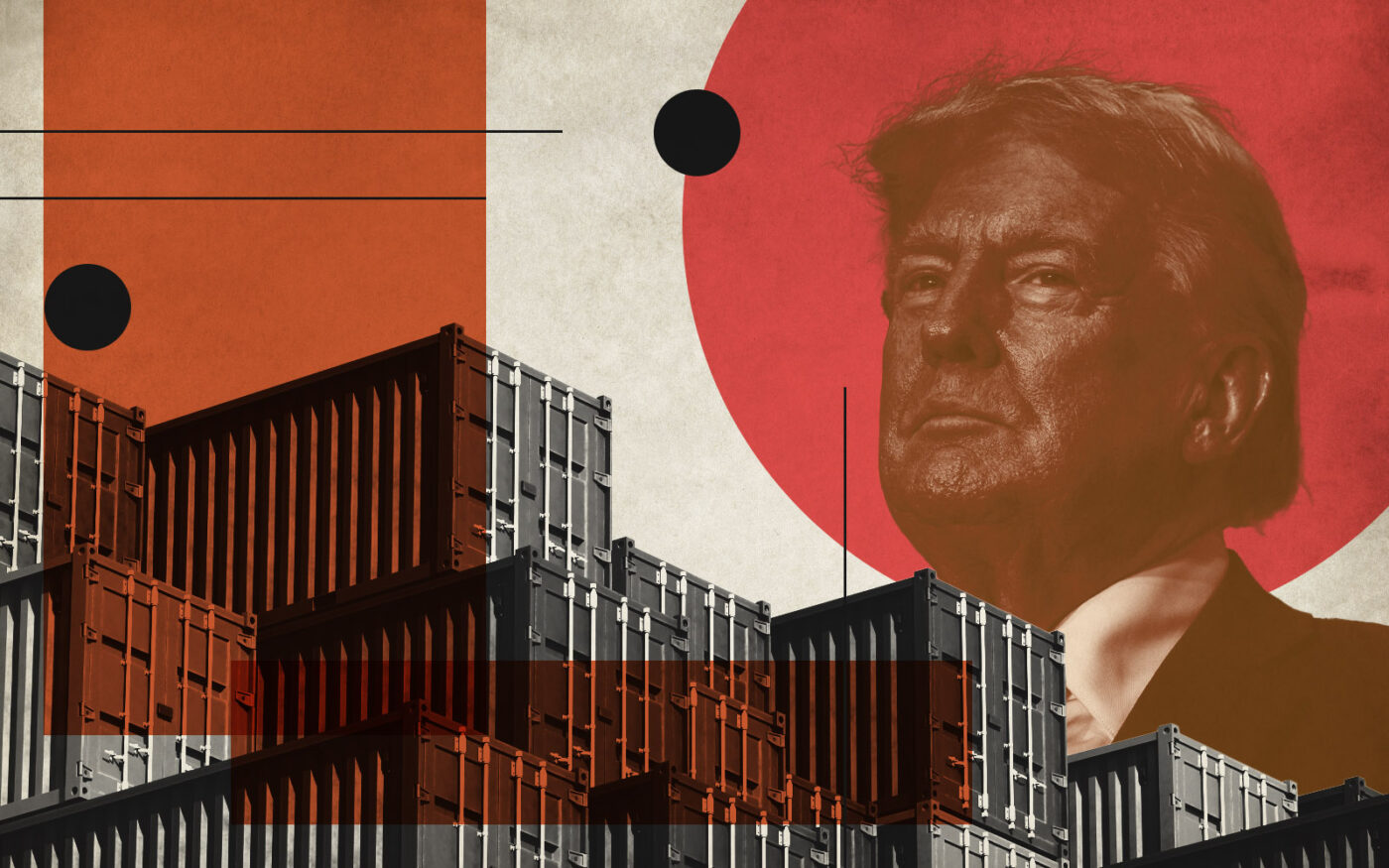Industrial landlords across Los Angeles County are hanging on to their hats — bracing for stiff winds from President Donald Trump’s trade tariffs after the first dip in the vacancy rate in two years.
Industrial vacancy fell 0.1 percent in the first quarter ending last month to 5.8 percent, from the previous quarter, but was still up 1.1 percent from a year ago, Commercial Observer reported, citing a report from NAI Capital.
The slight improvement in vacancy was the first since 2023, when the industrial market slumped. Nonetheless, the on-again off-again on-again tariffs have taken front and center.
As Trump’s trade wars and tariff standoffs rage on, particularly with China, all eyes are on cargo volume — a major driver of demand for warehouses in Southern California. Twenty-foot equivalent cargo volume is down 8 percent year-to-date in the Ports of L.A. and Long Beach.
“Ongoing regulatory uncertainty, geopolitical tensions, and tariff negotiations with China and Hong Kong — our largest trading partner — may lead some users to adopt a wait-and-see approach, potentially slowing near-term deal activity,” the report says.
Rent growth has fallen, alongside demand, according to CO. Asking rates were 1.4 percent higher than the previous quarter, but were down by 10.3 percent year over year.
Sales dollar volume across the county has also been impacted by higher interest rates and economic challenges.
Though the square footage of properties sold last quarter rose by 41.1 percent from late last year, dollar volume plunged 33.2 percent within the same timeframe, and fell 57.1 percent from the year-ago period.
“In today’s interest rate environment, yield is driving every decision,” Chris Jackson, CEO of NAI Capital, said in a statement. “The industrial assets that are trading are those offering a 6 to 6.5 percent return.”
He said owner-user activity has slowed, as it’s more cost-effective to lease than to buy. He pointed to demand for Class A industrial buildings, and well-located, multi-tenant “small bay properties.”
Development has largely paused, he said, with few sales. Most sellers are either facing capital needs or upcoming loan maturities. Private investors, meanwhile, continue to be the most active sellers, and in some cases real estate investment trusts are listing properties they’ve struggled to lease.
Leasing volume in the county declined by nearly 15 percent last quarter from late last year, according to NAI. Leasing activity was also half a percentage point better than a year ago. At 10.1 million square feet, it was enough to generate 1.6 million square feet of positive absorption.
At the same time, fewer L.A. County companies are shedding less excess space, according to NAI, with sublease availability dropping by 11.4 percent to 11.2 million square feet from the prior period.
Last quarter, industrial developers also completed a third fewer buildings across the region than the final three months of last year. The number of projects under construction fell by 7.5 percent.
Read more



